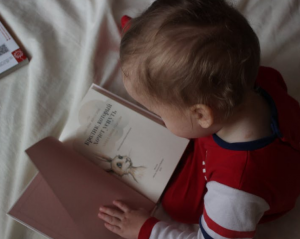Researchers from the University of Washington (UW) recently expanded on a previous study (Bilingual teaching benefits explored by researchers), experimenting with a new method of teacher training, and creating software that would train language tutors online to support dual language learning from infancy.

The previous study conducted by the team in 2017 sought to learn whether and how infants can learn a second language in the context of an early education center, if they don’t get that exposure at home. That study showed the effects of an interactive, play-based English-language program, compared to the standard bilingual program already available in Madrid schools, on 280 children at four infant education centers in Madrid, Spain.
In the new study, conducted by UW’s Institute for Learning & Brain Sciences (I-LABS) as part of researchers’ ongoing work with infant education centers in Spain, not only found that bilingual teaching led to sustained English-language comprehension and vocabulary-building, but also that the method could be scaled up to serve more children, and children from a greater variety of backgrounds.
Naja Ferjan Ramírez, the lead author of both studies, said that researchers knew their research-based method worked to boost second language skills rapidly in infants, without negatively affecting their first language, but needed to explore how to train people worldwide to use it.
The most recent study used the same curriculum from 2017 but trained tutors differently, using an online program called SparkLing. By testing a remote form of teacher training and providing lessons to larger groups of children, researchers explored how to spread the benefits of bilingual education across a wider population.
Learn more about this topic by reading this article on The Sector.
After reading “Bilingual teaching benefits explored by researchers” you can check important issues for ESL teachers on the section PDFs.
